So when images emerged from the first aerial survey of the area they proved somewhat underwhelming.
Far from showing a vast swathe of plastic containers, fishing nets and rubbish, the detritus was seen to be scattered over a wide area, with just 1,000 large objects discovered in a survey of thousands of square miles.
Although The Ocean Cleanup, the charity who carried out the sweep, claimed that they had found more plastic than was expected, other experts said the 'garbage patch' was a myth which had never been substantiated by any proper scientific research and risked diverting attention from the real problem - a dangerous build of microplastics in the area.
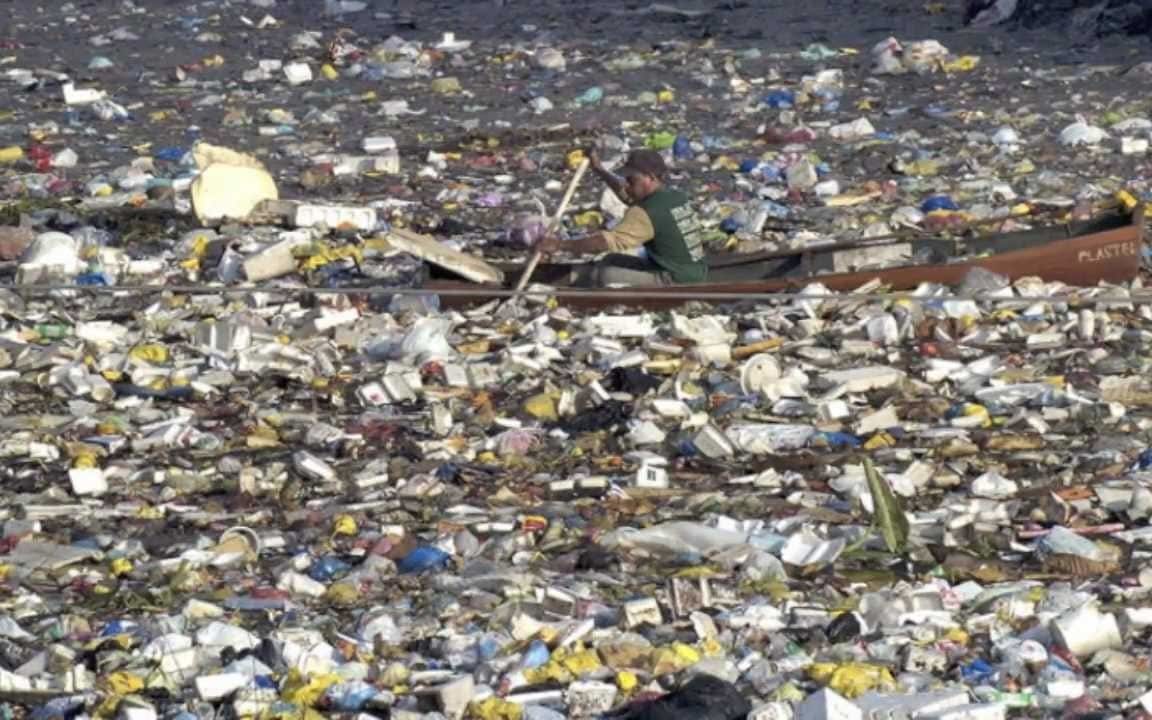
"It is not visible from space; there are no islands of trash; it is more akin to a diffuse soup of plastic floating in our oceans.
"Yes, there is plastic in the ocean. Peer-reviewed papers suggest that the highest concentration of microplastic is around three pieces of plastic the size of a pencil eraser in a cubic meter.
"The continued use of verbage such as 'plastic islands', 'twice the size of Texas', is pure hyperbole that I personally believe undermines the credibility of those that should be focused on helping reduce the source stream of marine debris to our oceans."
The 'Garbage Patch' also known as the 'Pacific Trash Vortex' was first noticed by US boat captain Charles Moore in 1997 when he was sailing from Hawaii to southern California and claimed to have stumbled upon 'plastic...as far as the eye could see"
Plastic aggregates in the area because of circular ocean currents which pick up rubbish along coastlines and swirl them into the centre. It is estimated that items take around six years to reach the patch from the coast of the USA and around a year from Japan.
The heart of the garbage patch is thought to be around 386,000 sq miles, with the periphery spanning a further 1,351,000 sq miles.
However in 2008, Dr White's team towed nets behind a boat and found that the vast majority of plastic was tiny, and actually far more worrying, because it is likely to be ingested by animals when they are hunting for plankton.
Professor Tamara Galloway, of the University of Exeter said: "There are a lot of misconceptions about the 'Great Pacific Garbage Patch', including its actual size and what it looks like.
"Some people might think that they are giant floating islands of rubbish, but that's not the case, the amount of debris may reach around 77,000 pieces per km2. Compared with that, coastal areas are much more heavily contaminated. Some coastal harbour sediments for example have concentrations as high as 4million pieces of rubbish per km2.
"The garbage patches are important because they are so far from the source of the plastic, many thousands of kilometres, illustrating how mobile and ubiquitous our discarded trash has become."
The Ocean Cleanup, is a Dutch organisation which wants to remove and recycle the patch of rubbish.
"The aerial expedition - our final reconnaissance mission - brings us another step closer to the clean-up of the Great Pacific garbage patch," said Boyan Slat, the chief executive of The Ocean Cleanup.
"The initial findings of the expeditions again underline the urgency to tackle the growing accumulation of plastic in the world's oceans."
The organisation, which wants to try to clean the patch, has developed a series of long floating barriers designed to use ocean currents to funnel rubbish into a cone for collection. The barriers are due to be fully deployed by 2020.
However Dr White said the clean-up scheme had not been properly thought through.
"One of the most troubling aspects is the ignorance of the plan to not comprehend that any large volume filtration scheme will remove plankton that serve critical ecological services from the surface ocean," she added.
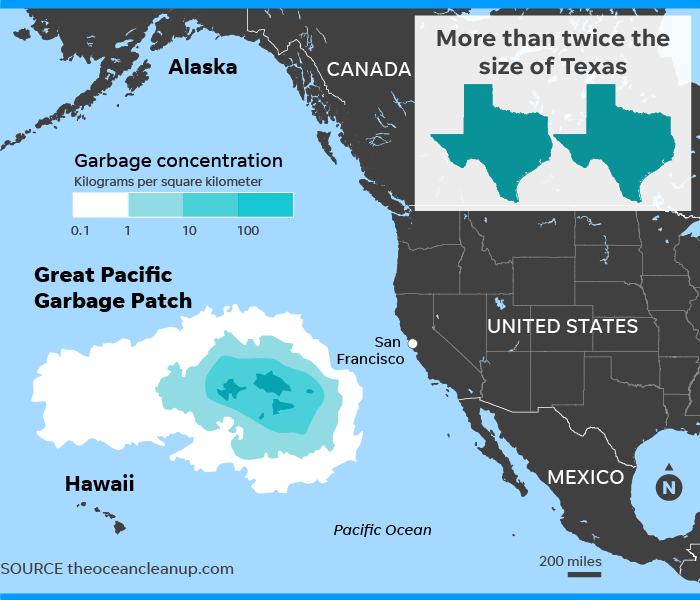
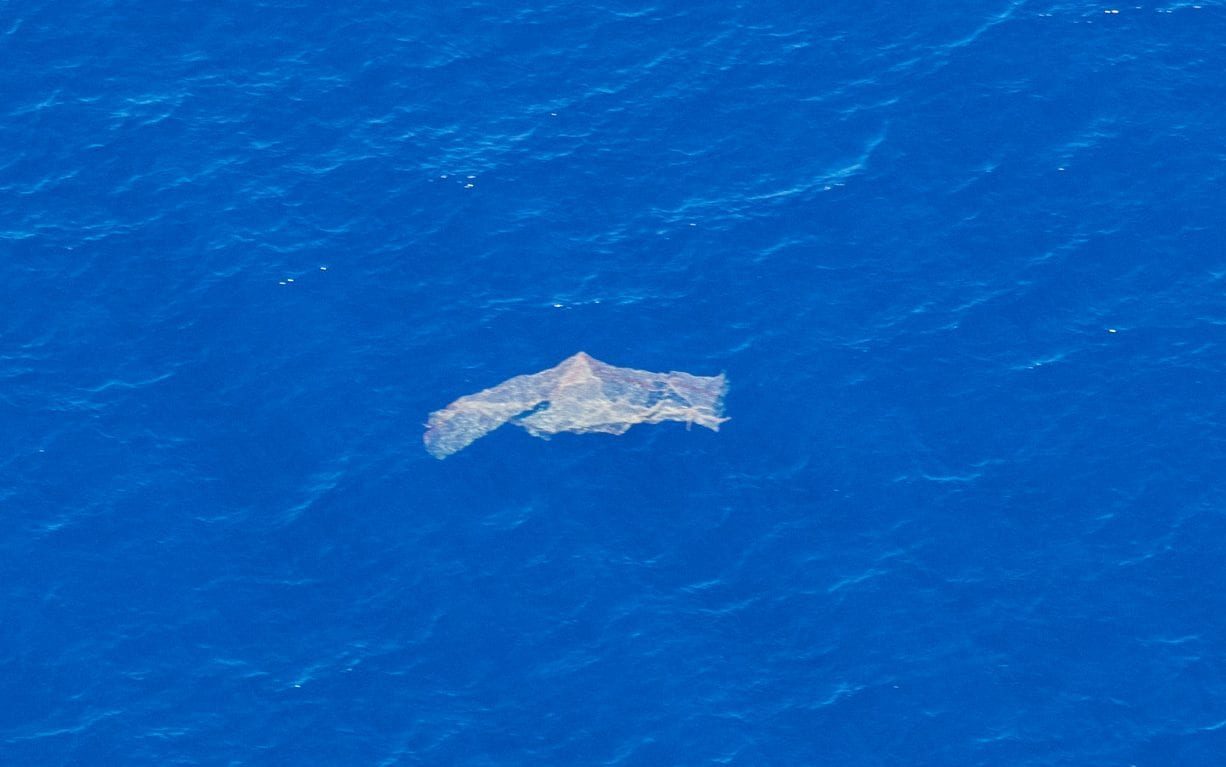
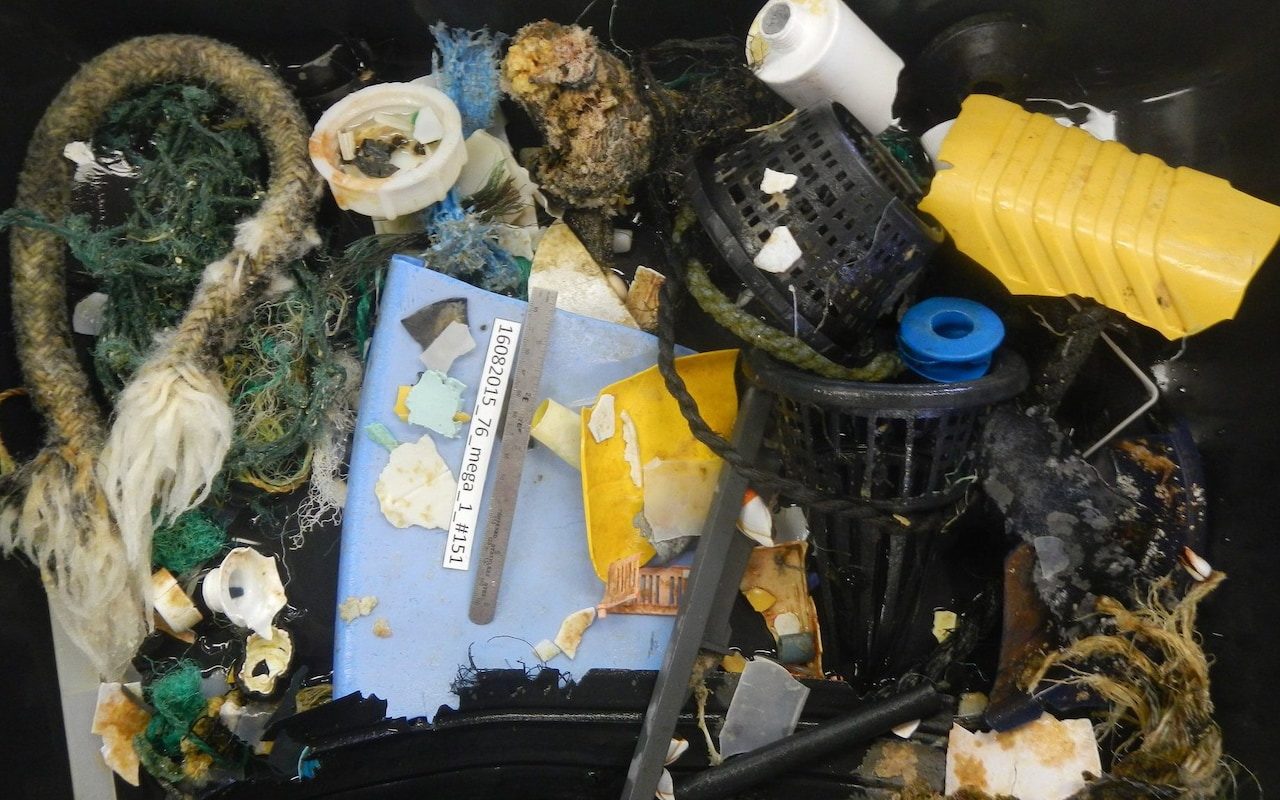
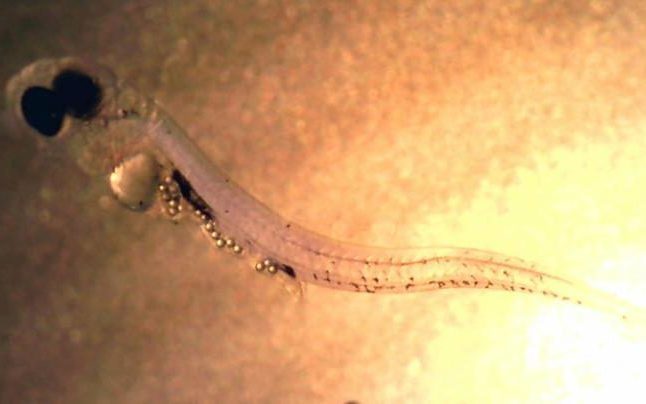



Comment: Australian researchers: 'We found evidence of microplastics pretty much everywhere we looked'
The Ocean Cleanup has continued its research and development since the above article was published. It ran a proof-of-concept mission in October 2019, with a positive result. They have also extended their work to rivers in an effort to head off plastic and other debris from reaching the oceans.